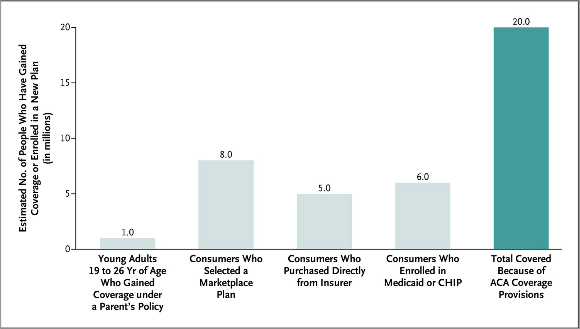Odds and Ends
Hat Tip Digsby and Kos Cartoons “Supreme Court Chooses Religion Over Science”
In a footnote, Justice Alito concedes that Hobby Lobby’s religious-based assertions are contradicted by science-based federal regulations: “The owners of the companies involved in these cases and others who believe that life begins at conception regard these four methods as causing abortions, but federal regulations, which define pregnancy as beginning at implantation, do not so classify them.” In Hobby Lobby Case, the Supreme Court Chooses Religion Over Science . The four contraceptive methods brought up in the Hobby Lobby case? IUDs, ella, and Plan B.
Lady Parts Justice
New woman’s “Group Lady Parts Justice” forming as authored by Lizz Winstead — comedian, writer, and co-creator of The Daily Show.
Lady Parts Justice is the first not safe for work, rapid response reproductive rights messaging hub that uses comedy, culture and digital media to “get people off their asses and reclaim their rights.” Lady Parts Justice, click on your state to see their pitch. Hat Tip: Crooks and Liars
Highway Construction
“if no deal is made on the federal highway fund, it will soon plunge even further.
It’s important here not to get caught up too much in the details. Yes, it’s absurd that the federal gasoline tax has been flat in nominal terms since 1993, which means that in real terms it has fallen 40 percent. But highways don’t have to be paid for with gas taxes — the fund could be (and has been) topped up with transfers from general revenue.“Paul Krugman
PPACA
~20M people gained coverage under ACA. @nejm @commonwealthfnd Health Care Coverage under the Affordable Care Act — A Progress Report Here’s the breakdown, Atu Gawande:
Taking all existing coverage expansions together, we estimate that 20 million Americans have gained coverage as of May 1 under the ACA . We do not know yet exactly how many of these people were previously uninsured, but it seems certain that many were. Recent national surveys seem to confirm this presumption. The CBO projects that the law will decrease the number of uninsured people by 12 million this year and by 26 million by 2017. Hat Tip: Digsby, “That’s A lot of People”
Executive Orders
To date, “the only presidents who used fewer executive orders than Obama were one term presidents.” Digsby
International Confidence in US Presidents. Bush vs Obama

PEW Hat Tip Digsby
Having written several times about the cost of the elusive college education, this book seems interesting. They give away the topic and again it is money, even for poorer students.
Hold Fast to Dreams: A College Guidance Counselor, His Students, and the Vision of a Life Beyond Poverty by Joshua Steckel and Beth Zasloff New Press, 320 pp.
‘It sometimes feels like low-income students are to our K-12 education system what cadavers are to hospitals. Often teachers secure their first jobs in challenging schools in poorer districts, where the turnover rate is high. Here, they hone their teaching skills, and in a few years they trade up to districts with higher salaries and better working conditions. Poor students are left behind to train the next crop of educators.
Joshua Steckel, coauthor of Hold Fast to Dreams: A College Guidance Counselor, His Students, and the Vision of a Life Beyond Poverty, intentionally went the other way. After four years at Birch Wathen Lenox, an expensive private school on Manhattan’s Upper East Side, Steckel became a college counselor (and sometime teacher) at an overwhelmingly poor, black, and Latino public school in Brooklyn, the Secondary School for Research (now called Park Slope Collegiate). Once there, he used the skills and connections he had developed at Lenox to help get his new charges admitted to some of the country’s more selective colleges.
“Along with his wife and coauthor, Beth Zasloff, Steckel chronicles his relationship with ten of his students, from their senior year of high school into young adulthood. The stories are invaluable both to educators who deal with children from similar backgrounds and to non-educators, who often don’t appreciate the overwhelming odds stacked against poor children.” Hat Tip Elias Vlanton, Washington Monthly




